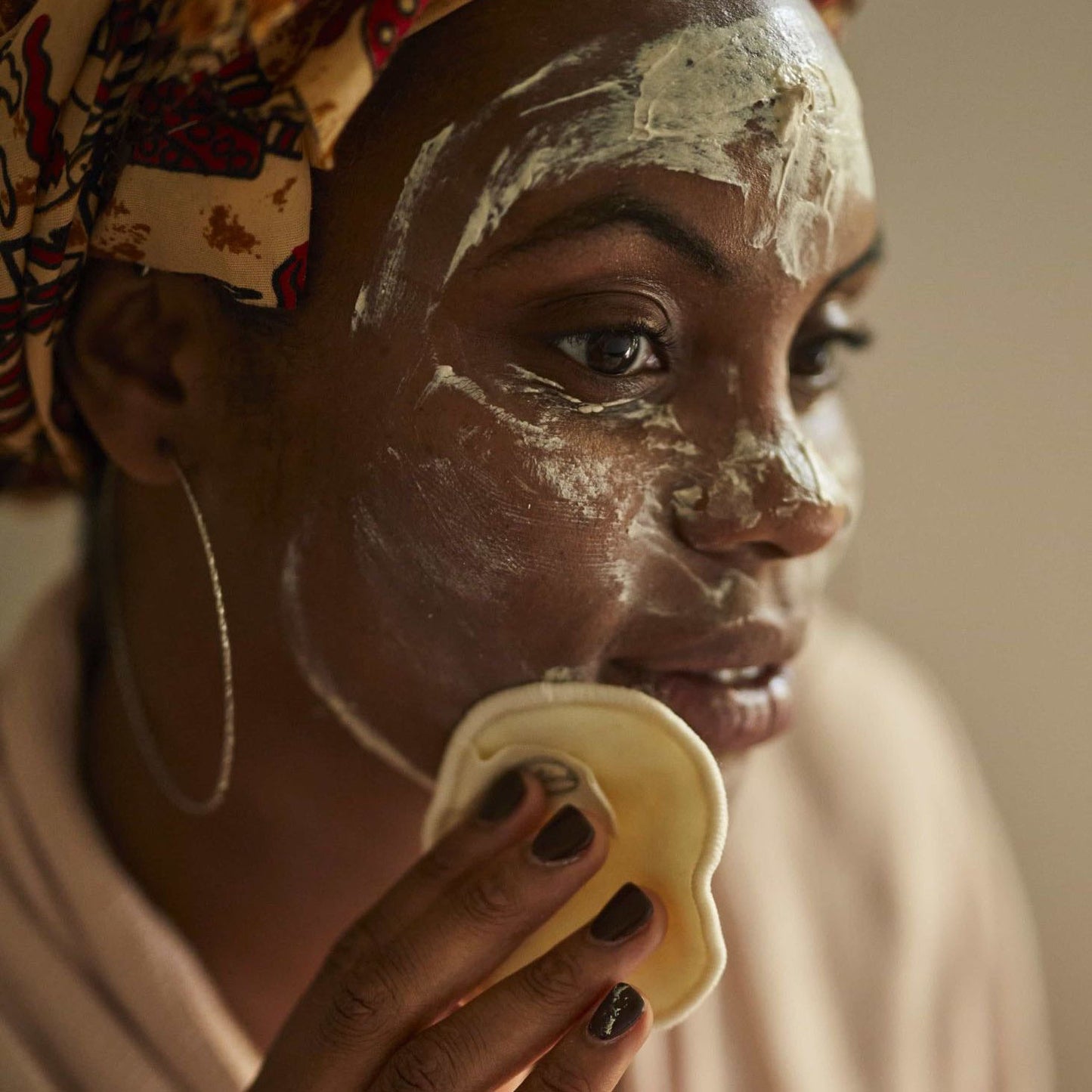
It is a common misconception that high SPF sunscreens are providing you with full skin protection from the sun. In fact, according to the Food and Drug Administration (FDA – America) they lead to customers overexposing themselves to UVA rays and raise their risk of cancer.
SPF stands for Sun Protection Factor and it measures the protection a product offers from UVB rays. So, a factor 30 will block 97% of UVB rays and potentially allows you to spend 30 times longer in the sun, then if you were not wearing anything, whilst factor 50 blocks 98% of UVB rays and potentially allows you to spend 50 times longer in the sun.
So, what is the difference between UVB and UVA? Well, UVB rays are shorter than UVA and can cause the surface of the skin to burn along with non-melanoma skin cancers. This is because they cannot penetrate the skin that far. Now, UVA are longer in wavelength and can penetrate the skin further and makes them harder for sunscreens to block. UVA exposure suppresses the immune system, causes harmful free radicals to form in the skin and is associated to a higher risk in the development of melanoma/cancer.
The FDA has shown that UVA and UVB protection do not always work together and so that many of the high SPF sunscreens that we use, although protect more effectively against sunburn, actually provide less protection against the potentially more harmful UVA rays.
Where does this leave us now? Well, it is safe to say that high SPF sunscreens can potentially lead consumers into a false sense of security and cause people to over expose themselves to high doses of cancer-causing UVA rays.




